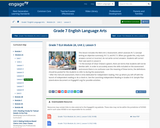
This lesson includes the Mid-Unit 2 Assessment.
- Subject:
- English Language Arts
- Material Type:
- Lesson Plan
- Provider:
- EngageNY
- Author:
- Expeditionary Learning
- Date Added:
- 04/04/2014

This lesson includes the Mid-Unit 2 Assessment.
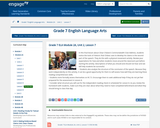
In this final lesson about César Chávez’s Commonwealth Club Address, students notice the tools of rhetoric that Chávez uses to develop his claims in the second part of the speech.
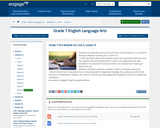
This lesson includes the End of Unit 2 Assessment.
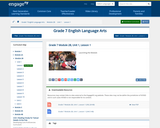
This lesson lays the foundation for the module’s exploration of identity; students begin to build a working definition of identity.
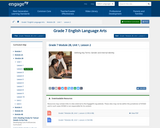
In this lesson, students deepen their working concept of identity by exploring how gender expectations influence identity formation.
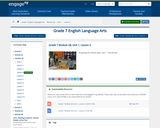
In this lesson, students begin to explore both ethnicity and sense of agency as aspects of identity.
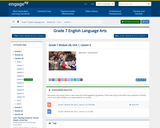
This lesson includes the Mid-Unit 1 Assessment.
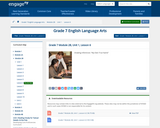
In this lesson, students begin to explore the idea of self-worth as a facet of identity.
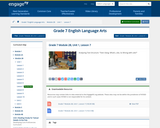
In this lesson, students work with an introductory central text: “Teen Slang: What’s, Like, So Wrong with Like?”
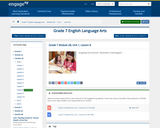
This lesson follows the same structure as Lesson 7, except with a different text and adjustments to the Opening and Closing.
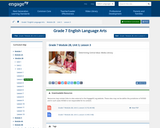
This lesson deepens the knowledge students have acquired about media literacy by having them examine in depth the central idea of persuasive techniques used in advertising.
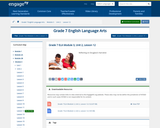
In the Opening of this lesson, students predict the conclusion of Narrative of the Life of Frederick Douglass. Following this, students engage in a Readers Theater adaptation of the Narrative’s conclusion.
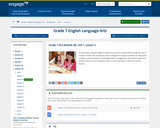
In this lesson, students begin to define the key term sustainable through the use of a Frayer model. This vocabulary work is designed to support students as they build a deeper understanding of sustainable water management, the overarching theme of the module.
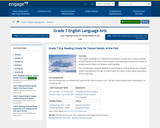
This English Language Arts /Literacy Unit empower students with a critical reading and writing skill at the heart of the Common Core: Reading complex texts closely to analyze textual details and deepen understanding.
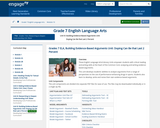
These English Language Arts/Literacy Units empower students with critical reading and writing skills at the heart of the Common Core: analyzing and writing evidence-based arguments.
This unit develops students’ abilities to analyze arguments from a range of perspectives on the use of performance-enhancing drugs in sports. Students also learn to develop, write and revise their own evidence-based arguments.
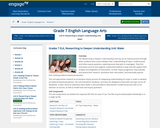
The Researching to Deepen Understanding units lay out an inquiry process through which students learn how to deepen their understanding of topics. Students pose and refine inquiry questions, exploring areas they wish to investigate. They find and assess sources and organize researched material in ways that will support their analysis and integration of information.

In this module, students examine the rights and responsibilities granted by the United States Constitution and the Bill of Rights and compare these rights and responsibilities to their world. Students examine seminal court cases relating to these rights in order to more fully understand the intricacies and nuances of the Constitution. Students will study court rulings and discuss whether or not they agree with the decisions. The moduel begins on page 55 of the PDF.

This activity emphasizes the importance of teaching reading and writing strategies for students to use with informational text.
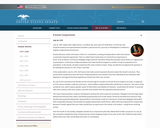
This resource tells the history of the Great Compromise.

Students will explore the distinction between a hero and an idol. Based on collaboratively established criteria for heroism and characteristics of heroes, students will select, read about, and report on a hero. Students will identify how their hero matches their criteria and characteristics. Hero reports will be compiled into a class book. As a follow-up, the teacher will read aloud and lead a discussion of the poem Heroes We Never Name to emphasize the fact that there are heroes all around us. Students will write about a hero they know and describe this person's noble qualities and deeds.